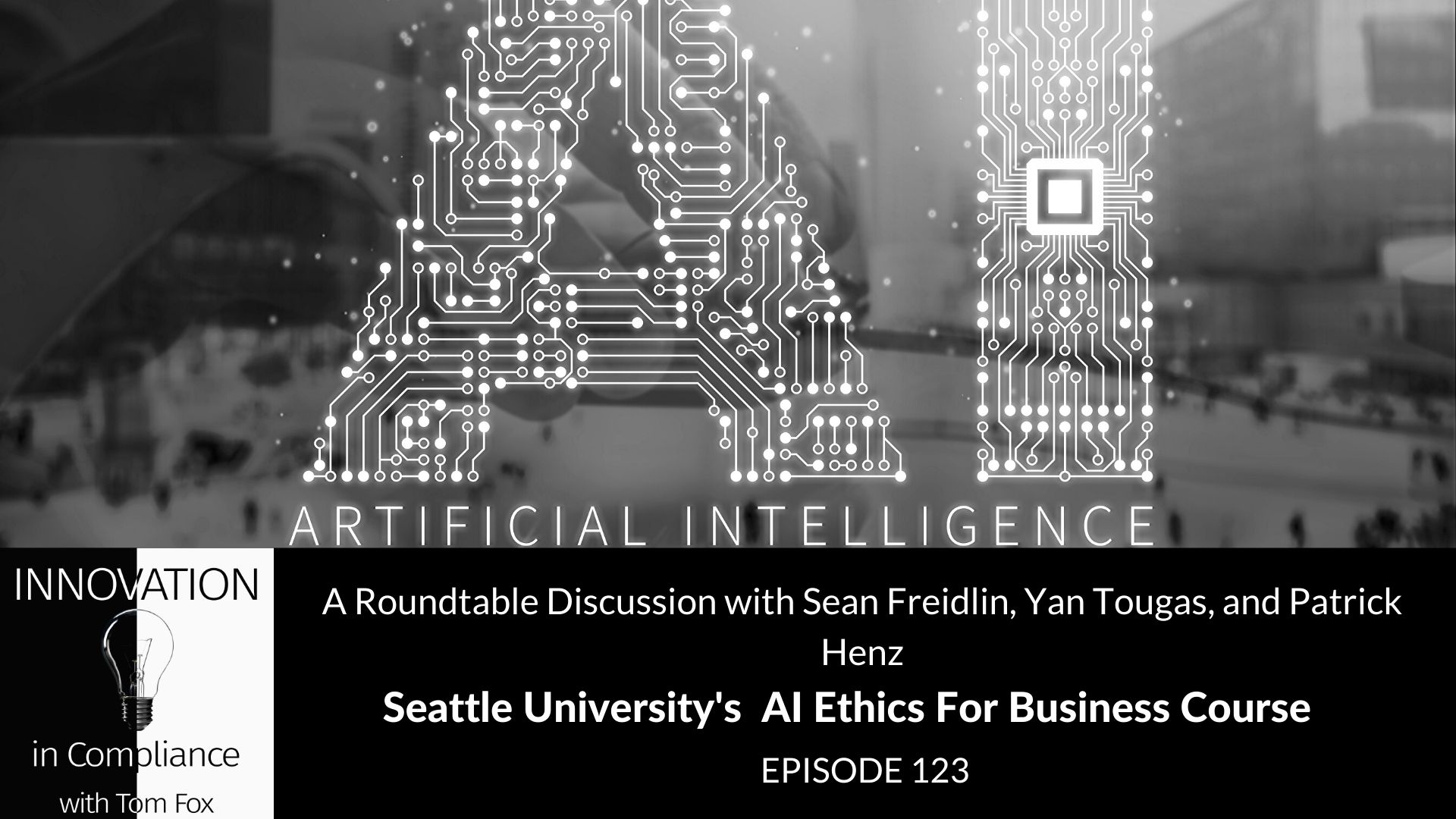What is the role of Artificial Intelligence in compliance? What about Machine Learning? Are you using ChatGPT? We will explore these three questions in this exciting new podcast, Compliance, and AI. Hosted by Tom Fox, the award-winning Voice of Compliance, this podcast will look at how AI will impact compliance programs into the next decade and beyond. If you want to find out why the future is now, join Tom Fox on this journey to the frontiers of compliance.
In this inaugural episode of Compliance and AI, Tom Fox interviews the CEO and President of 6Clicks, Ant Stevens, who explains that generative AI refers to systems that transform inputs into outputs and generate something obvious, like an image, video, or text. The AI works based on an underlying corpus, a kind of brain or reference point. Generative AI outputs are generated based on a corpus of information, making them an effective tool for companies to improve risk and compliance management.
They discuss the latest version of Generative AI, GPT 3, which allows companies to generate more text, images, and videos. The conversation also delves into the benefits of AI in content creation and policy overview creation. The podcast emphasizes the importance of prompt engineering and human input in decision-making. Stevens shares his belief that we are only scratching the surface of what we can do with artificial intelligence and encourages companies to embrace its potential. Get ready to be empowered and leap into the exciting world of Compliance and AI.
Key Insights
1. Incorporate generative AI into your risk and compliance management systems. Generative AI can help automate the compliance process and reduce human error in tracking and managing compliance requirements.
2. Train employees on how to use generative AI platforms. Employees trained on generative AI platforms can better understand their compliance requirements and reduce the risk of violations.
3. Stay current with the latest developments in generative AI technology. Companies that keep up with the latest advancements in generative AI technology can better understand how it can impact their business operations and take advantage of new opportunities.
If you’re interested in learning more about the potential applications of generative AI in risk and compliance, you should listen to the podcast. Stevens shares his insights into how 6clicks uses generative AI to help companies manage risk and compliance requirements more effectively.
Key Quote
“Generative AI refers to systems that effectively transform inputs into outputs, and the outputs generate something obvious, whether it’s an image or video, a slap of text, something like that.”
Resources
Ant Stevens on LinkedIn
Tom Fox






